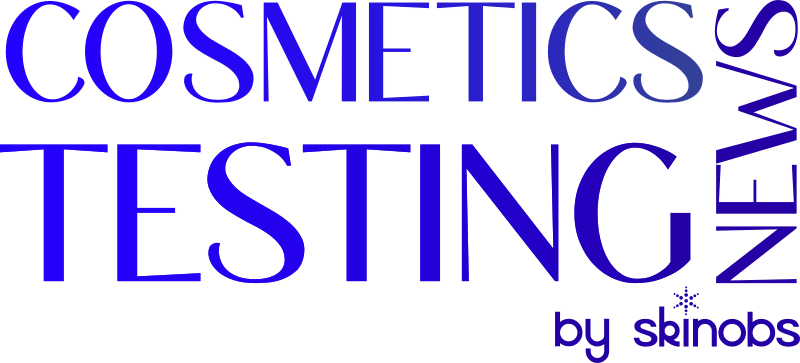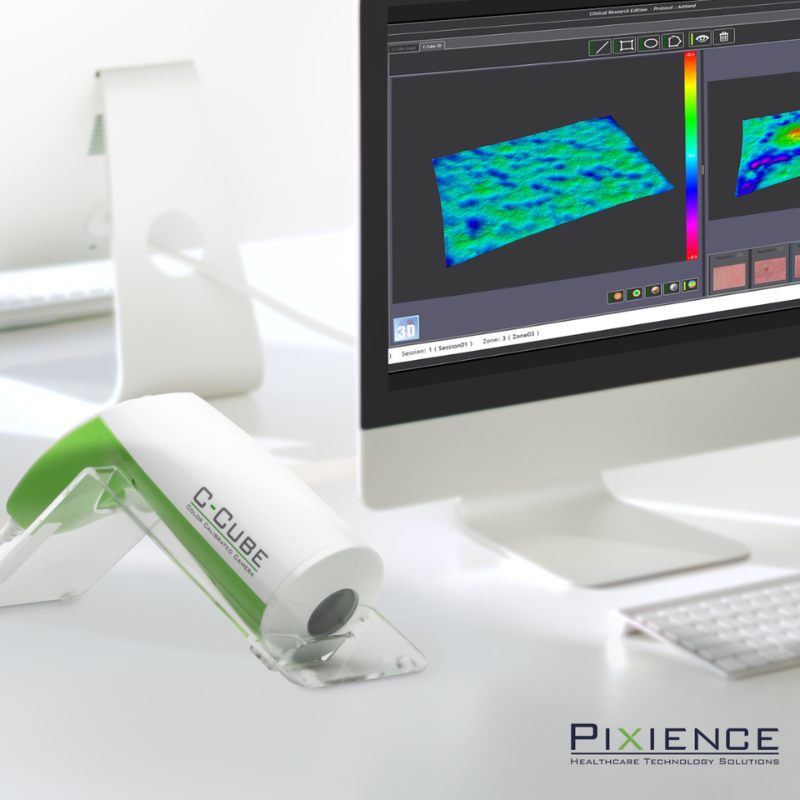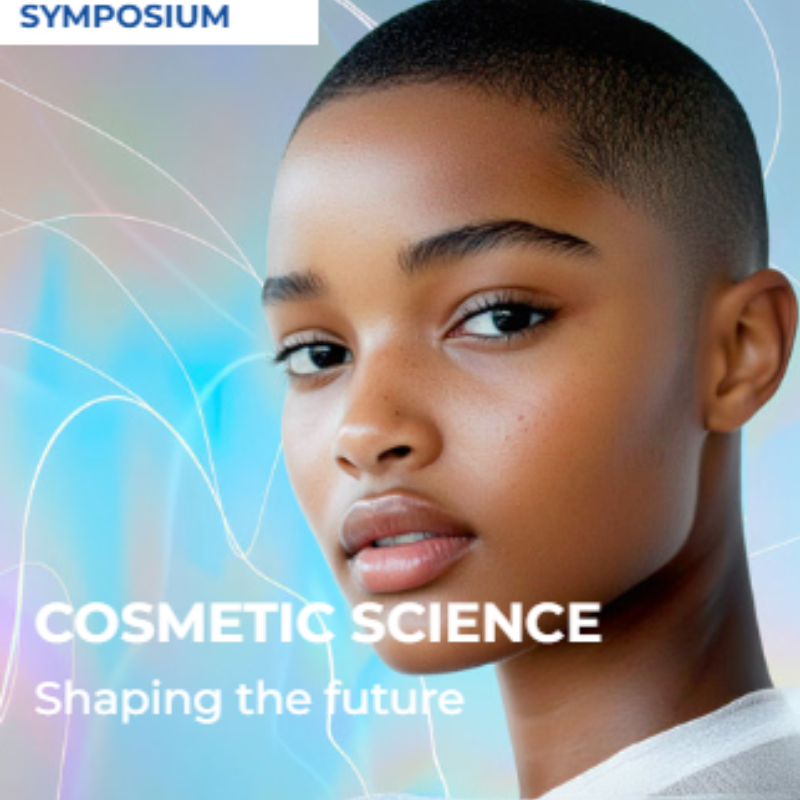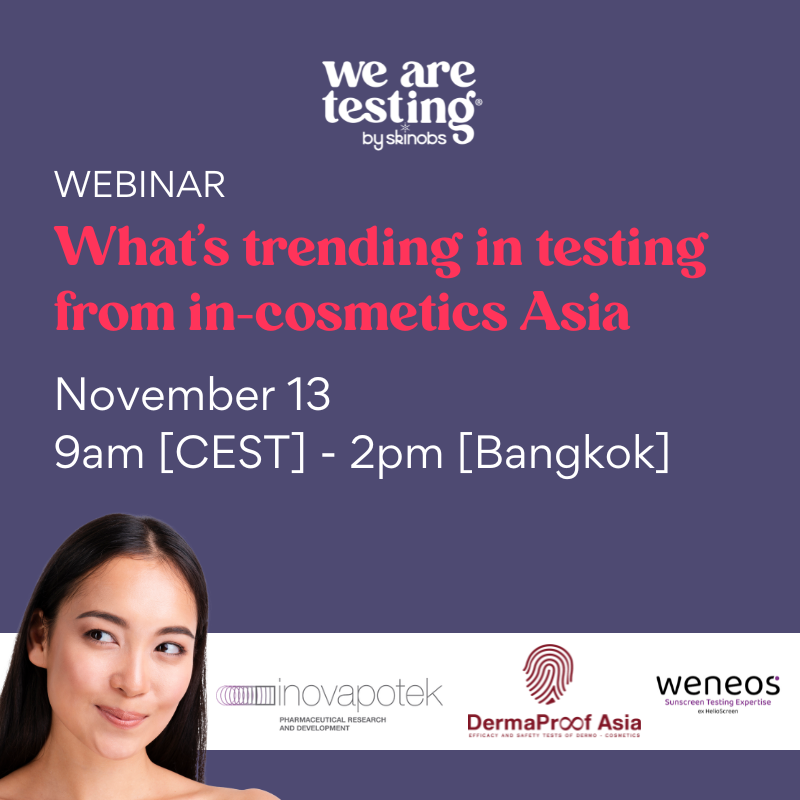Dermatest Award Winner Our paper entitled “Anti-inflammatory Effects of sunscreens – Wonder or Science?” won the Australian Society of Cosmetic Chemists Jack Jacob Awarded for best Scientific Research from Australia or New Zealand at the recent Asian Societies of Cosmetic Scientists Conference held in Cairns, Australia.
Introduction
The suppression of sun-induced erythema by addition of anti-inflammatory “excipients” has been a controversial issue with the attractiveness of this benefit claim countered by questions of ethics. Some formulators of sunscreens have intentionally incorporated ingredients with anti- inflammatory properties into products in the belief that this incorporation will enhance the Sun Protection Factor (SPF) and/or act to reduce sun induced inf lammatory skin responses. Ingredients used with this objective include Ammonium glycyrrhizinate (1, 2), Chamomile extracts, aloe vera, and essential oils such as Tea tree oil. Coutreau et al (3) have identified the potential anti-inf lammatory activity of α bisabolol, allantoin and 18- β -glycyrrhetinic acid based emulsions.
Recently, Coutreau et al also reported (4) that anti-inf lammatory activity, measured as mouse ear oedema, was apparent in 13 of 21 actives tested at up to their maximum (E.U.) permitted concentration, suggesting that this may impact on SPF, resulting in an artificially higher In vivo value. However, these findings are based on In vitro SPF testing and with the anti-inf lammatory activity measured using the mouse ear model, rather than erythema of human skin. In March 2013, Sayer (5) submitted a Citizens Petition to the FDA, providing evidence of such activity and proposing the removal of 5 sunscreen actives (from the FDA already depleted list of approved chemicals). As none of these reports were based on experimental design equivalent to an internationally recognized SPF full panel test protocol (6), we set out an experimental schedule in order to investigate this potential, based on a combination of in vivo SPF and erythemal regression methodology and utilizing a high SPF commercial formulation. We firstly conducted an experiment, based on traditional In vivo SPF in order to measure the impact of a commercial SPF 100 formulation (7), which contained a high level of sunscreen actives (39%). We utilized the same SPF 100 product in our experimentation as was provided in the Sayer evidence to FDA. This methodology is similar to that reported by Kolbe et al (8). In order to further qualify validate the experimental design, a subsequent experiment was completed. For this, a therapeutic anti-inf lammatory active was added as a positive control and compared with a reference sunscreen without this addition.





